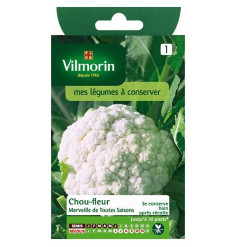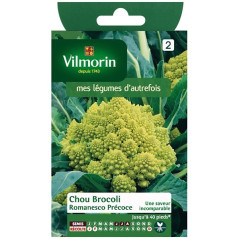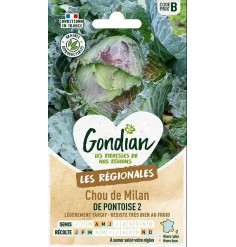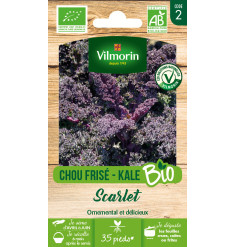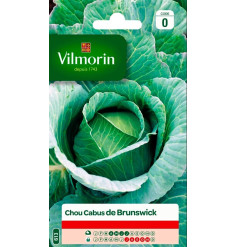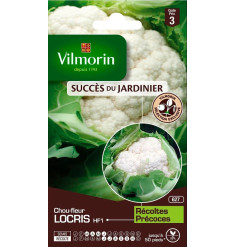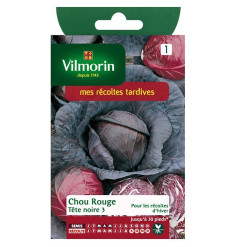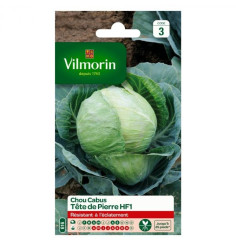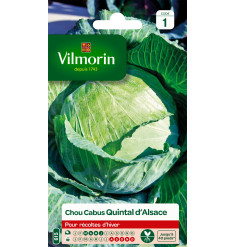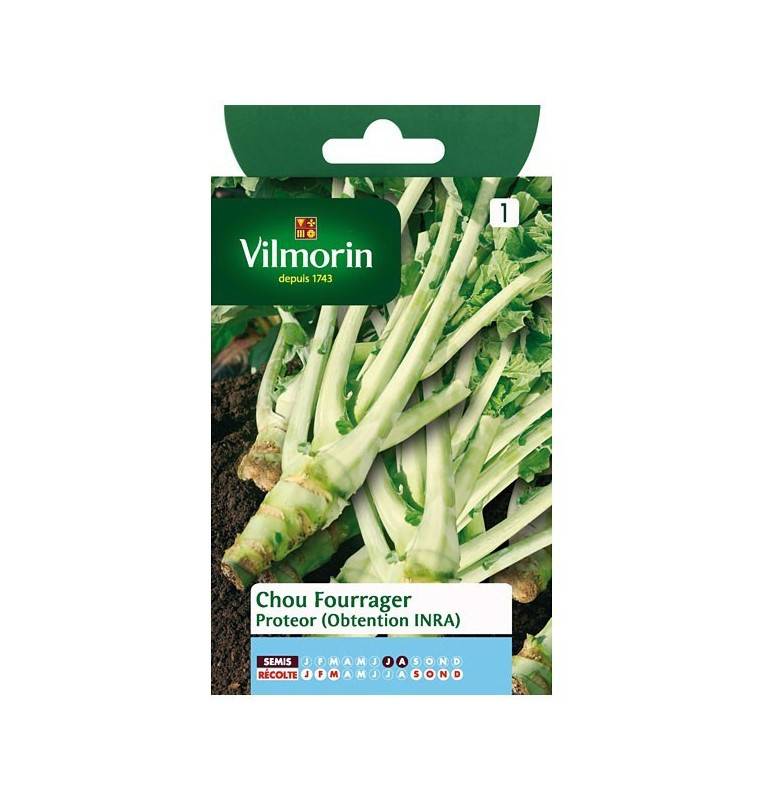

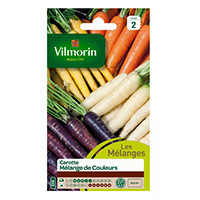
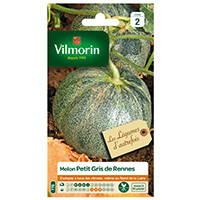
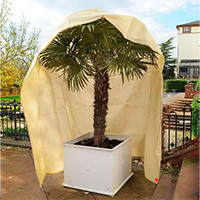
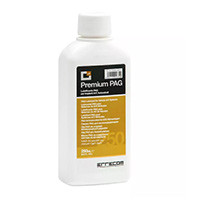
This very productive variety (4 to 6 kg of dry matter for 10m2) is very interesting for forage because it is rich in dry extract.
The dietary qualities of kale are remarkable because it is rich in Azote, Calcium and Phosphorus.
Description:
This very productive variety (4 to 6 kg of dry matter for 10m2) is very interesting for forage because it is rich in dry extract.
The dietary qualities of kale are remarkable because it is rich in Azote, Calcium and Phosphorus.
Soil tip:
For a good development of your forage cabbages, plant them in a rich soil by burying the stem as deeply as possible.
Culture advice:
1. Sows: Sow in July-August in open ground in lines 40 cm apart.
2. Thinning: Lighten by ripping out the smallest plants to leave only one cabbage every 50 cm.
3. Harvest: Harvest from September to March.
Plants:
The fodder cabbage likes the proximity of the poirée because together they strengthen their respective health.
Bag with 10g seeds
The stages of sowing:



This very productive variety (4 to 6 kg of dry matter for 10m2) is very interesting for forage because it is rich in dry extract.
The dietary qualities of kale are remarkable because it is rich in Azote, Calcium and Phosphorus.


